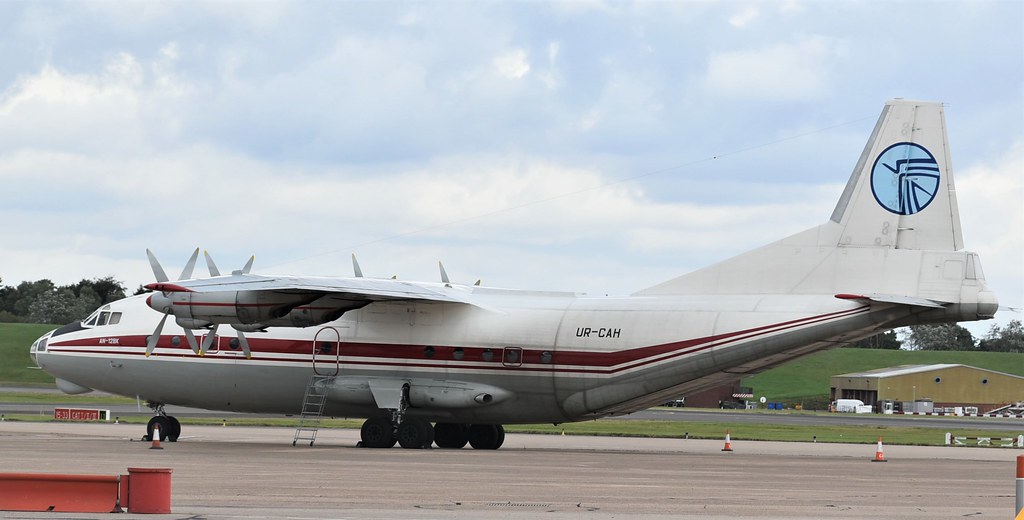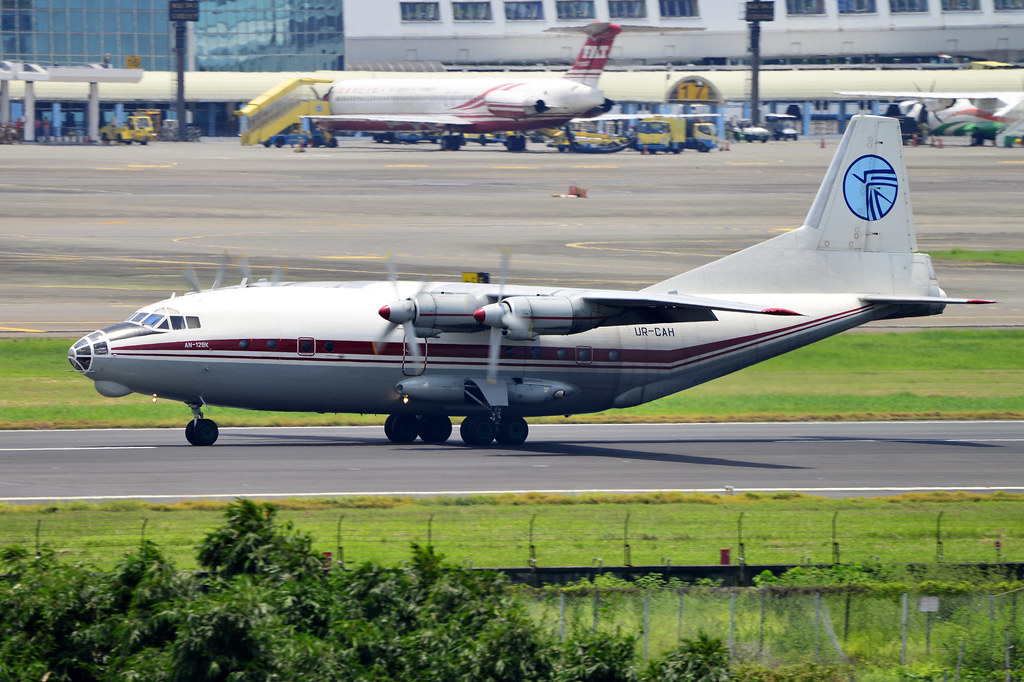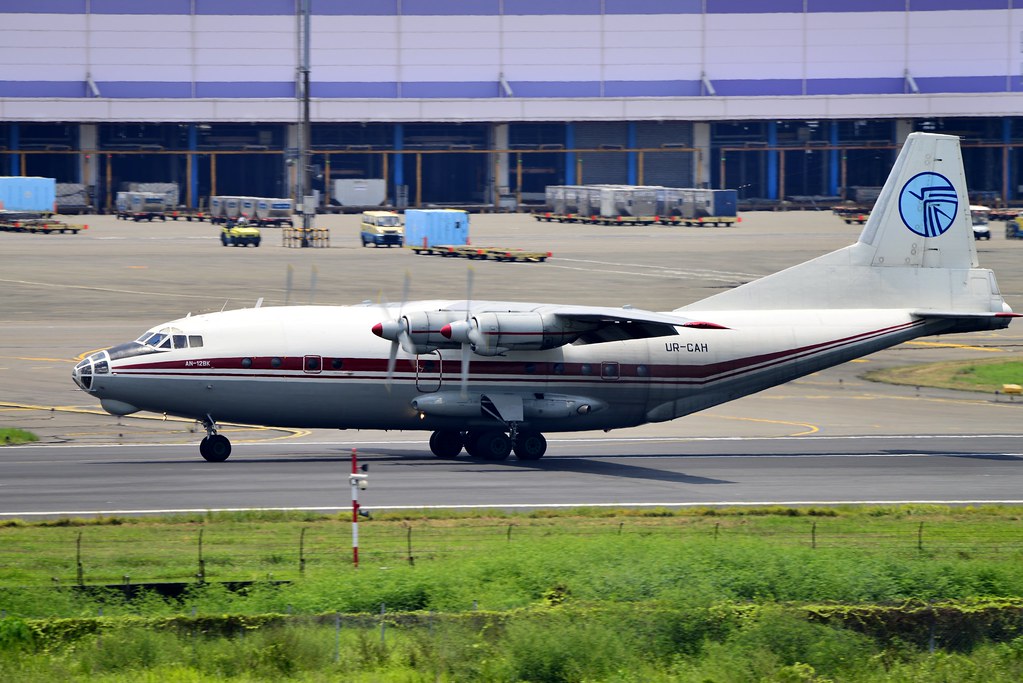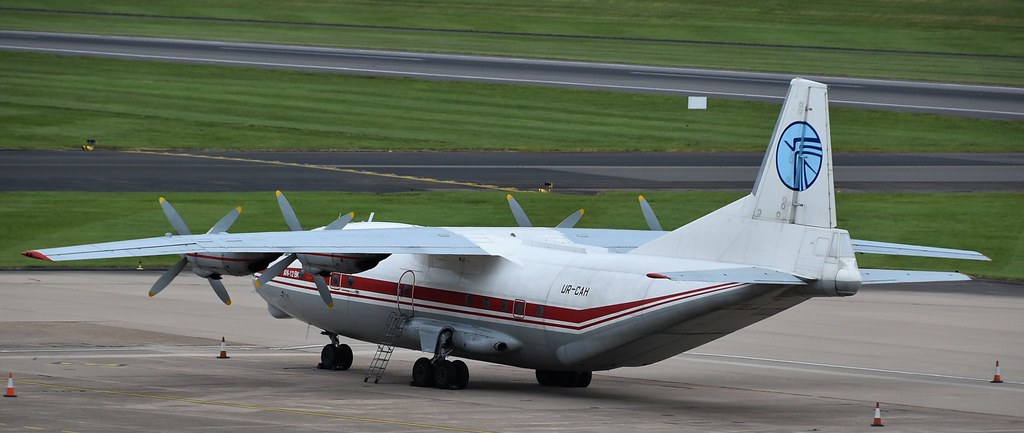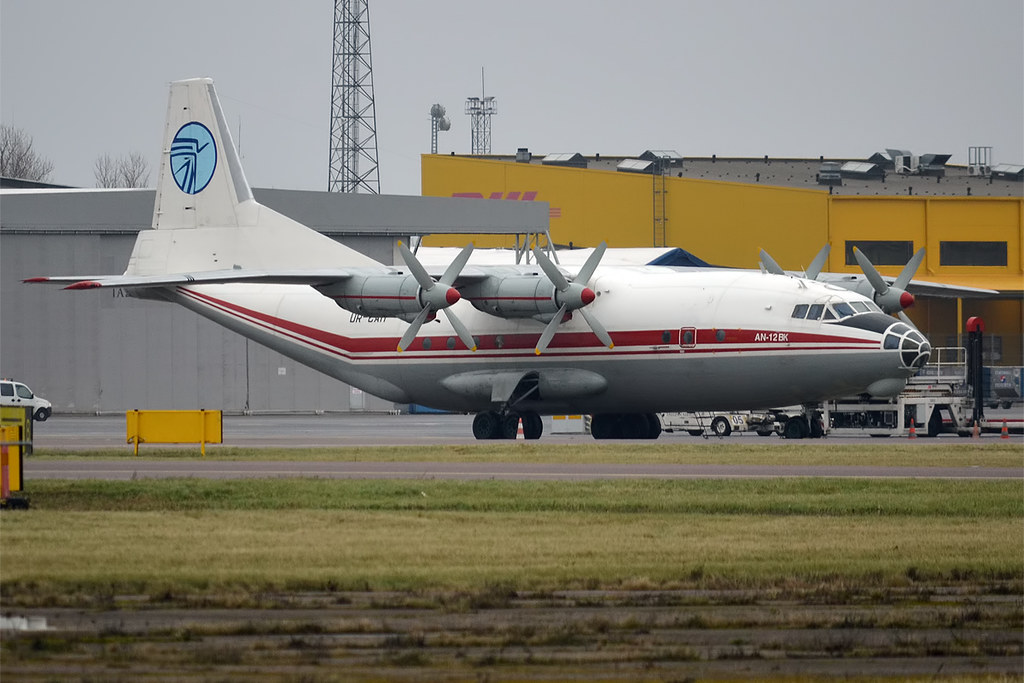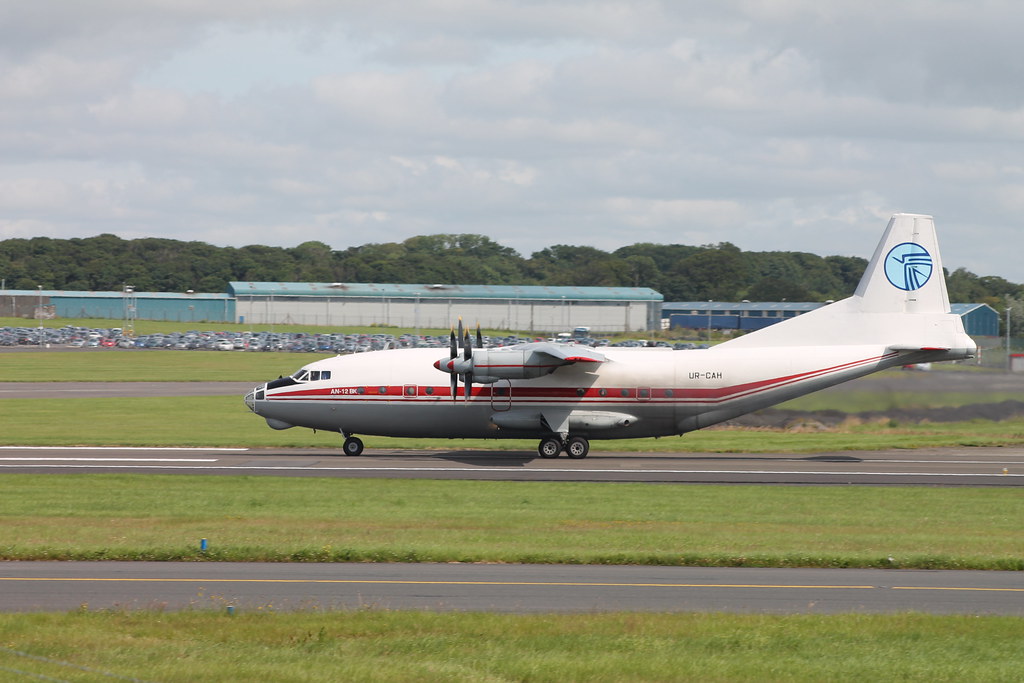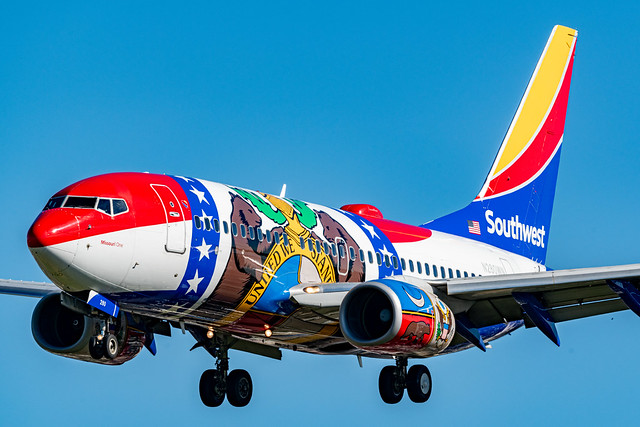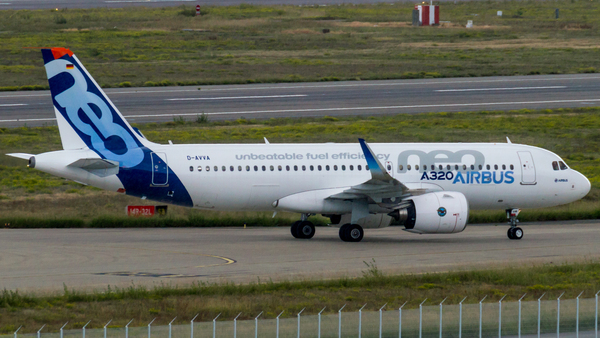UAA AN12 at Lviv on Oct 4th 2019, unconscious descent below the glide path and ground impact
Last Update: October 8, 2021 / 15:39:06 GMT/Zulu time
Incident Facts
Date of incident
Oct 4, 2019
Classification
Accident
Airline
Ukraine Air Alliance
Flight number
UKL-4050
Departure
Vigo, Spain
Destination
Lviv, Ukraine
Aircraft Registration
UR-CAH
Aircraft Type
Antonov An-12
ICAO Type Designator
AN12
Airport
Lviv International Airport, Lviv
Airport ICAO Code
UKLL
Ukraine's State Emergency Services (SES) reported the aircraft had disappeared from radar at 07:10L (04:10Z) about 13.7km (7.4nm) from the airport. At 07:29L one of the crew members called and reported the aircraft had attempted an emergency landing. At 07:40L the aircraft was located 1.5km (0.8nm) before the runway. By 09:00L it was determined tere were 8 people on board, 7 crew plus one cargo escort. Three bodies were found, three people were found with injuries and taken to a hospital, two people are missing. Rescue and Recovery operations are still in progress. The SES subsequently added, the two missing were found perished.
Ukraine's ministry of Infrastructure reported the aircraft was operated by 3 crew, 4 people were killed in the accident. The Ministry later added, that five people were found killed, three people needed to be extricated and were taken to a hospital. The aircraft carried 10 tons of cargo.
The Mayor of Lviv reported the crew had declared emergency due to being low on fuel but did not reach the runway anymore. The aircraft was found with the cockpit cut off, the cargo had shifted and crushed the occupants.
Ukaine's NBAAI reported the aircraft was scheduled to land in Lviv for a refueling stop. On approach to Lviv the crew performed an emergency landing which resulted in a rough landing and disaster about 1.5km before runway 31. Five of the eight people on board were killed. The NBAAI have opened an investigation.
On Oct 5th 2019 the European Aviation Safety Agency (EASA) revoked the status as authorized third country operator from the airline effectively disallowing the airline to operate within the airspace of the European Union.
On Oct 7th 2019 Ukraine's Ministry of Transport announced, the air operator's certificate (AoC) of the airline Ukraine Air Alliance was terminated effective Oct 5th 2019 00:00z. The Ministry wrote: "The order was adopted on the basis of a decision of the Standing Commission on the Certification of Operators, Maintenance and Aviation Maintenance Organizations, Aviation Engineering Developers and Manufacturers, Training Flight Training Facilities in Ukraine, Flight and Technical Personnel (Minutes No. 46 of 04 October 2019 )."
On Oct 9th 2019 Ukraine's National Buereau of Air Accident Investigations (NBAAI) announced, that a special commission to investigate the aviation accident has been formed to determine the causes of the accident. The on site work of the commission took place between Oct 5th 2019 and Oct 7th 2019, the black boxes were recovered, found in satisfactory condition and have been read out. Information from ground based facilities like radar data, air traffic communication, weather information, emergency service response and ground based navigation aids at the aerodrome were collected. According to preliminary information the aircraft was scheduled to operate from Vigo (Spain) to Bursa (Turkey), a refueling stop was scheduled at Lviv. Of the eight crew members on board five were killed in the accident. According to the meteorological report at 03:40Z the flight was performed in difficult weather conditions, no wind at the airport, visibility near the ground was 250 meters with fog, RVR was 800 meters, vertical visibility was 60 meters, at an altitude of 600 meters the winds were blowing from 300 degrees at 6 meters/s (12 knots). The aircraft was heading at 310 degrees while on approach. The investigation is in progress.
On Dec 20th 2019 the NBAAI released their preliminary report.
The FDR and CVR were found in satisfactory condition and have been read out. The crew did not provide any "critical remarks" up to intercepting the localizer for runway 31. ATIS transmitted:
Lviv, ATIS “Romeo” for 03:20. ILS approach, low visibility procedures are applied at the aerodrome. Runway-in-use – RW-31. Runway surface condition reported for 19:53 – wet, clean. The measured friction coefficient – 0.55. The estimated braking efficiency on the runway surface – Good. Transition flight level – 110. Warning: large flocks of birds are in the aerodrome area on the final. There is no wind. Visibility is 150 meters; runway visual range at the touchdown point is 550 meters, in the middle of the runway – 550 meters, at the end of the runway – 550 meters, fog. Vertical visibility – 50 meters. Temperature + 3ºС, dew point + 3ºС. QNH – 1013 hectopascals, QFE – 974 hectopascals. TREND landing weather forecast: occasionally visibility 400m, fog; vertical visibility – 60 meters.
Attention: "Lviv-Taxiing" is out of service; during taxiing, contact "Lviv-Tower" at the frequency of 128.0 MHz. Confirm receipt of “Romeo” information.»
The NBAAI described the sequence of events during the final approach:
At 03:40:01, the crew reported the Runway-31 localizer beam capture.
At 03:40:27, the controller informed the crew of changes in the Runway-31 visibility range: at the touchdown point – 800 meters, in the middle of the runway – 800 meters, at the end of the runway – 750 meters, and vertical visibility – 60 meters.
At 03:41:47, the crew contacted the Tower controller and, after a few seconds, reported that it continued ILS approach to RW-31 and set QNH of 1013 hPa.
At 03:41:58, the controller informed the crew of wind nil on Runway-31 and cleared landing. The crew confirmed the landing clearance.
According to ground-based recorders data, at this time, the aircraft speed was 316 km/h, the flight course was 310º.
According to the flight recorders data, at the time of flight on final, starting from the distance of 6 km to the runway threshold, the aircraft descended significantly below the glide path, in particular, at the distance of 1.8 nm (about 3.3 km) from the touchdown point, the aircraft descended to the altitude of 100 meters and continued the flight almost one half as high as the glide path. At the altitude of 60 meters, an alarm sounded that the decision height had been reached, to which no crew member responded. At the distance of 1359 meters to the runway threshold, at the altitude of 5-7 meters, the aircraft collided with trees and impacted the ground. The Aircraft Wreckage Layout is presented in Figure 1.
At 03:43:37, the aircraft onboard transponder responded for the last time to the aerodrome surveillance radar.
The Alarm signal for Lviv aerodrome was announced by the Tower controller at 03:49:03. The location of the aircraft was detected by the rescue team at 04:41.
The NBAAI reported the airport systems (in particular ILS) operated normally in accordance with all requirements.
The NBAAI reported the captain (46, ATPL, 6,750 hours total, 6,570 hours on type) was assisted by a first officer (64, ATPL, 14,670 hours total, 9,620 hours on type), a navigator (56, navigator's license, 13,385 hours total, 6,280 hours on type), a flight engineer (52, FEL, 11,950 hours total, 11,950 hours on type) and a radio operator (56, radio operator's license, 9,350 hours total, 2,150 hours on type).
The aircraft had accumulated 12,922 flight hours and 6,616 landings since new on May 15th 1968.
Engine #1 was manufactured on May 30th 1978 and had accumulated 11,007 flight hours in 4654 cycles. It was sent to establish the technical condition of the engine.
Engine #2 was manufactured on May 28th 1977 and had accumulated 10,940 flight hours in 4118 cycles. It had last undergone a shop visit 233 flight hours and 65 cycles prior to the accident. (Editorial remark: there is no remark that this engine was sent to establish the technical condition of the engine).
Engine #3 was manufactured on Dec 27th 1972 and had accumulated 13,217 flight hours in 8064 cycles. It had last undergone a shop visit 4795 flight hours and 1864 cycles prior to the accident. It was sent to establish the technical condition of the engine.
Engine #4 was manufactured on Jan 1st 1972 and had accumulated 10,962 flight hours in 5632 cycles. It had last undergone a shop visit in the year 2000 6520 flight hours and 2424 cycles prior to the accident. It was sent to establish the technical condition of the engine.
In both the Ukrainian and the English version the preliminary report does not describe the condition of the propellers and whether they were turning (in flight attitude or feathered) at the time of contact with the trees or obstacles. The preliminary report also does not mention whether any fuel was recovered from the wreckage, whether any fuel odour could be noticed at the accident site, and does not provide any insight into the fuel management (e.g. how much fuel was on board on departure, and how much fuel should have been or was on board when the aircraft intercepted the localizer).
On Oct 8th 2021 the NBAAI released their final report concluding the probable causes of the accident were:
The most probable cause of the accident, collision of a serviceable aircraft with the ground during the landing approach in a dense fog, was the crew’s failure to perform the flight in the instrument conditions due to the probable physical excessive fatigue, which led to an unconscious descent of the aircraft below the glide path and ground impact.
Contributing Factors
Probable exceeding the aircraft takeoff weight during departure from the Vigo Airport, which could result in increase in consumption of the fuel, the remainder of which did not allow to perform the flight to the alternate Boryspil aerodrome.
The NBAAI reported all engines and propellers were servicable at the time of the accident, the engines did respond properly to crew inputs. The fuel system was servicable and supplied fuel as needed for takeoff mode at the time of accident until the aircraft came to a rest. No defects or technical malfunctions were found with the aircraft or any of its systems. During takeoff from Vigo the takeoff mass possibly exceeded the maximum takeoff mass by as much as 5400kg. The fuel remaining while on approach to Lviv did not permit to divert to Kiev Borispol. The crew departed from Vigo without necessary rest, the crew did not comply with the regulations regarding work hours and rest times.
The NBAAI reported there were 650kg of fuel remaining during the accident approach to Lviv. About 170 liters of fuel could be drained from the wing tanks of the wreckage, the wing tanks has not been damaged.
The NBAAI analysed:
Due to the absence of the flight assignment, logbook, calculations of take-off weight and aircraft CG, performed by the crew before departure, the Investigation Team could not accurately establish the aircraft take-off weight and CG. But taking into account the information received from the Vigo airport about the commercial cargo weight, documents on the cargo, the amount of fuel filled, and information received from the cockpit crew communication, the Investigation Team calculated that the take-off weight of the aircraft during departure could make 66,400 kg.
Note: according to the An-12BK Aircraft Flight Operation Manual, par 2.2, the maximum take-off weight shall be 61,000 kg.
The NBAAI analysed that the aircraft performance until climbing through 6600 meters suggested the aircraft was overloaded. The aircraft reached initial flight level FL240 96 minutes after departure and climbed to cruise FL250 another 86 minutes later.
The AAIB analysed the final approach:
At 03:22:25, the crew requested clearance from the controller of the Lviv ACC to descend to FL120, and, having received clearance at 03:22:40, began the descent and landing approach using the radar vectoring method as instructed by the controller.
There were no deviations in the operation of the engines based on the results of FDR decoding, and according to the crew reports based on the results of CVR decoding.
At 03:40:00 UTC, the height over the RW-31 threshold was 1170 m, descent rate -4 ... -4.5 m/s, flight speed 352 km/h, distance 15.70 km;
At 03:40:20 UTC, at a distance of 16.1 ... 14.7 km, the aircraft, in the process of descent, completes the turn and enters the final;
At 03:41:10 UTC, at a distance of 11 km, the aircraft is 70 m above the glide path. The estimated height of the point of entry into the glide path is 590 m, the actual height is 660 m. The indicated speed was recorded at 320 km/h. The vertical rate of descent was -6.5 m/s. The aircraft decreases and approaches the glide path;
At 03:40:01 UTC, the crew reported on the localizer capture beam for the ILS approach to Runway 31. The controller instructed to continue the ILS approach to Runway 31. The mean vertical descent rate was 4 ... 4.5 m/s.
At 03:40:30 UTC, the crew extended the landing gear at a distance of 13.9 km (according to recorders).
Note: according to the Aircraft Flight Manual, the landing gear shall be extended before flaps are extended by 15º at a distance of at least 18 km. Thus, the crew released the landing gear with a 4 km delay.
At 03:41:16 UTC, at a distance of 11.6 km, the crew began to deploy the flaps to 15 degrees. The instrument speed was 326 km/h.
Note: according to the Flight Operation Manual, when approaching the landing, the flaps shall be deployed in three stages: at 15º, at 25º, at 35º. The maximum flight speed with flaps at 15º shall be 340 km/h. Thus, the flaps were extended at a lower speed than established by the Flight Operation Manual.
After the flaps were deployed by 15 degrees, one of the crew members (flight engineer) reported of the aircraft configuration: "15, landing gear extended, landing weight 53".
At 03:41:36 UTC, at a distance of 10.64 km to the glide slope beacon, additionally flaps were extended by 20 degrees, the flight speed was 316 km/h.
Note: according to the Flight Operation Manual, the maximum flight speed with flaps extended at 25º shall be 340 km/h.
At 03:42:24 UTC, at a distance of 8.0 km from the glide slope beacon, the aircraft reaches the glide path. At a distance of 7.9 km, the aircraft crosses the glide path and continues to gradually descend below the glide path.
At that time, the internal engines were operating in the IKM2 – 10, IKM3 - 12 modes, the external engines were operating in the IKM1 – 19, IKM4 - 12 modes.
Note: during the descent, it is necessary to balance the aircraft with the trims so that the aircraft steadily maintains the specified flight mode.
In the time interval 03:42:55 ... 03:43:00 at a distance of 4.7 ... 4.4 km, the crew extended the flaps to 35 degrees. The aircraft was below the glide path and continued to descend. 3-4 seconds after the flaps were extended, the thrust of the external engines increased and the vertical rate of descent began to increase.
Note: according to the Flight Operation Manual, flaps shall be extended to 35º before entrance to the glide path at a speed of 280-300 km/h. Thus, flaps at 35º were extended much later, when there were 4 km to the runway.
According to the Flight Operation Manual, the extension of the flaps from 15º to 35º is accompanied by the aircraft's tendency to pitch up (an increase in the pitch angle) and a noticeable decrease in the gliding speed. Therefore, this desire should be countered by a smooth movement of the steering wheel away from a pilot and, if necessary, increase the engine thrust mode. Despite the fact that the plane was below the glide path, the situation became dangerous.
At 03:43:24 UTC, at a distance of 2.86 km from the runway threshold, the crew increased the thrust mode of the external engines to 42-43 by the engine torquemeter, while the vertical descent rate was 4-5 m/s, which exceeds the rate established for the Lviv aerodrome. The aircraft moved below the glide path by 65 m. The actual altitude was 105 m. After 7-8 seconds, the vertical descent rate increases again, the aircraft descended further below the glide path, the operating mode of the external engines increased to 55 by the engine torquemeter.
At 03:43:32 UTC, at an altitude of 60 m, at a distance of 1980 m from the runway threshold, the radio altimeter alarm “Decision Altitude” was triggered, but none of the crew members responded to it and the aircraft continued to descend.
Note: according to the Flight Operation Manual par 4.7.1, if a radio altimeter alarm is triggered to establish a reliable visual contact with the lights of the aerodrome lighting equipment or other landmarks along the landing course, an urgent go-around maneuver should be started.
At 03:43:34 UTC, at a distance of 1.67 km from the displaced threshold of the runway, the mode of the internal engines for a short time, for 3-4 seconds, increased and then decreased to 22-30, the vertical speed was 4 m/s, the height was 48 m (40m below the glide path), the speed was 244 km/h.
Note: according to the Flight Operation Manual Table 4.6, rate of descent with a landing weight of 50 - 55 t and flaps 35º should be 270 km/h. Thus, the crew did not control the speed and flew at a speed that was 26 km/h less than those established in the flight manual.
At an height of about 30 m over the runway threshold (20 m over the ground surface), 2-3 seconds before collision with trees, the elevator deviates to pitching-up by about 75% of the maximum value, but these actions were not enough to reduce the vertical speed and the aircraft continued descend with a vertical speed of 6 m/s and at a height of 5-7 m from the ground surface (15-17 m from the threshold of the runway) at a distance of 1500-1600 m from the threshold of the runway collided with trees. After a collision with trees, the recording on the recorder discontinued.
During the flight along the glide path (navigator) provides commands to correct the direction of movement along the course, however, none of the crew members reported about the position of the aircraft relative to the glide path.
During the flight along the glide path (navigator) reports the distance to the runway threshold (according to the extract of the crew's communication), which corresponds within an error of 150-200 m to the calculated distance according to the recorded coordinates of the aircraft.
From an altitude of 100 m until the moment of collision with obstacles (flight engineer) reports the altitude by radio altimeters every 10 meters.
Analysis of the aircraft landing approach parameters at a distance of 11,000 meters, obtained from the recorders data, shows that the crew increased the instrument speed three times by increasing the vertical speed. So, at a distance of 8000 meters from the displaced threshold of the runway, the crew, after a slight loss of the indicated speed, increased the vertical speed to 6 m/s (established as 4 m/s), at a distance of 4200 meters from the displaced threshold of the runway, the crew, after losing the indicated speed, increased the vertical speed up to 5.5 m/s, with its subsequent decrease to 3 m/s, at a distance of 2000 meters from the displaced threshold of the runway and Habsolute=48 m, after the loss of the indicated speed to 237 km/h, the crew made a third attempt to increase the indicated speed for by increasing the vertical speed.
This approach procedure indicates inadequate actions of the PIC.
When inspecting the accident site, the Investigation Team found devices of the aircraft instrument landing system, and found that the glide slope and heading alarm flags were turned off.
Metars:
UKLL 040600Z 31003MPS 270V340 3100 BR OVC001 05/05 Q1014 R31/CLRD// NOSIG=
UKLL 040530Z 30003MPS 270V330 2400 BR OVC001 05/05 Q1014 R31/CLRD// NOSIG=
UKLL 040526Z 30003MPS 260V330 2300 BR OVC001 05/05 Q1014 R31/CLRD// NOSIG=
UKLL 040516Z 30003MPS 1600 1000SE R31/1000U BR OVC002 05/05 Q1014 R31/CLRD// NOSIG=
UKLL 040508Z 30003MPS 0900 0500SE R31/0500U PRFG VV002 05/05 Q1014 R31/CLRD// NOSIG=
UKLL 040500Z 29002MPS 250V320 0550 0300SE R31/0300N FG VV002 05/05 Q1014 R31/CLRD// NOSIG=
UKLL 040451Z 27002MPS 240V310 0450 0300SE R31/0300N FG VV002 05/05 Q1014 R31/CLRD// NOSIG=
UKLL 040430Z 28001MPS 0800 0500S R31/0900N FG VV002 04/04 Q1013 R31/CLRD// NOSIG=
UKLL 040400Z 00000MPS 0300 0200NW R31/0650D FG VV002 03/03 Q1013 R31/CLRD// TEMPO 0400 FG VV002=
UKLL 040330Z 00000MPS 0150 R31/0550N FG VV001 03/03 Q1013 R31/CLRD// TEMPO 0400 FG VV002=
UKLL 040310Z 00000MPS 0200 0150NW R31/0800U FG VV001 03/03 Q1013 R31/CLRD// TEMPO 0400 FG VV002=
UKLL 040300Z 00000MPS 0500 R31/1200 FG VV001 03/02 Q1013 R31/CLRD// TEMPO 0400 FG VV002=
UKLL 040252Z 25001MPS 0500 R31/0800D FG VV001 03/02 Q1013 R31/CLRD// TEMPO 0400 FG VV002=
UKLL 040248Z 25001MPS 1300 1200SE R31/1200 BR BKN001 03/03 Q1013 R31/CLRD// TEMPO 1100 BR BKN002=
UKLL 040243Z 00000MPS 2200 BR BKN002 03/02 Q1013 R31/CLRD// NOSIG=
UKLL 040230Z 00000MPS 3600 BR BKN003 03/02 Q1013 R31/CLRD// NOSIG=
UKLL 040227Z 00000MPS 3700 BR BKN003 03/02 Q1013 R31/CLRD// NOSIG=
UKLL 040200Z 27002MPS 5000 BR SCT005 03/03 Q1013 R13/CLRD// NOSIG=
Incident Facts
Date of incident
Oct 4, 2019
Classification
Accident
Airline
Ukraine Air Alliance
Flight number
UKL-4050
Departure
Vigo, Spain
Destination
Lviv, Ukraine
Aircraft Registration
UR-CAH
Aircraft Type
Antonov An-12
ICAO Type Designator
AN12
Airport
Lviv International Airport, Lviv
Airport ICAO Code
UKLL
This article is published under license from Avherald.com. © of text by Avherald.com.
Article source
You can read 2 more free articles without a subscription.
Subscribe now and continue reading without any limits!
Read unlimited articles and receive our daily update briefing. Gain better insights into what is happening in commercial aviation safety.
Send tip
Support AeroInside by sending a small tip amount.
Related articles
Ukraine Air Alliance AN12 at Leipzig on Aug 9th 2013, aircraft burned down during engine start
An Ukraine Air Alliance Antonov AN-12BP, registration UR-CAG performing a freight flight from Leipzig (Germany) to Mineralny Vody (Russia) with 7…
Ukraine Air Alliance AN12 near Tamanrasset on Aug 30th 2014, impacted terrain
An Ukraine Air Alliance Antonov AN-12, registration UR-DWF performing cargo flight UKL-4061 from Prestwick,SC (UK) to Malabo (Equatorial Guinea) via…
Newest articles
Southwest B737 at Cleveland on Oct 29th 2025, loss of separation with helicopter
A Southwest Airlines Boeing 737-700, registration N280WN performing flight WN-1333 from Baltimore,MD to Cleveland,OH (USA), was on final approach to…
Frontier A20N at New York on Oct 30th 2025, fuel leak, engine shut down in flight
A Frontier Airlines Airbus A320-200N, registration N394FR performing flight F9-3546 from San Juan (Puerto Rico) to New York JFK,NY (USA) with 152…
Subscribe today
Are you researching aviation incidents? Get access to AeroInside Insights, unlimited read access and receive the daily newsletter.
Pick your plan and subscribePartner

ELITE Simulation Solutions is a leading global provider of Flight Simulation Training Devices, IFR training software as well as flight controls and related services. Find out more.
SafetyScan Pro provides streamlined access to thousands of aviation accident reports. Tailored for your safety management efforts. Book your demo today
AeroInside Blog
Popular aircraft
Airbus A320Boeing 737-800
Boeing 737-800 MAX
Popular airlines
American AirlinesUnited
Delta
Air Canada
Lufthansa
British Airways
